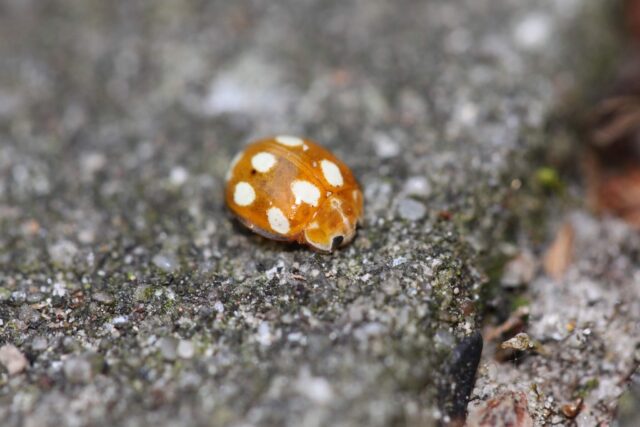
A “new” ladybird species has been officially recorded in the UK for the first time, following this summer’s hot weather.
The Little Arboreal Ladybird, usually found in France and continental Europe, was detected in moth traps across the New Forest, according to Prof Russell Wynn, director of Wild New Forest. He said there had been “no confirmed British records prior to this influx,” but the UK Species Inventory will now recognise the insect as part of Britain’s fauna.
Prof Wynn explained that the ladybird has already been spotted in Southampton as well as in the New Forest, where conditions have favoured its arrival. “It’s been a tough year for some wetland animals,” he said, “but a good one for many insects, ladybirds included.”
“There’s lots of evidence of moths and butterflies moving north and gradually colonising,” Prof Wynn said.
Rising temperatures are enabling more winged insects to colonise southern England, with the New Forest proving an especially diverse habitat thanks to its mix of ancient woodland, heaths, fens and bogs.
“The quality of the habitat in the new forest and the work we’re doing to expand and restore those habitats, make us a good landing point for species that are hopping across the channel and looking for a decent habitat to colonise.” Prof Wynn said.
Wild New Forest is one of the organisations working under the Species Survival Fund (SSF), which supports nature restoration projects across 24 sites in the national park.
“It’s nationally pretty scarce and good to record it back in the New Forest and good to record it in a site where we’re going to be doing some wetland creation work to expand the area of wetland habitat, so the future of the species at that site is looking good as they’ll be a nice little pond complex there next year,” he said.
During an ecological survey, Prof Wynn also recorded the 13-spot ladybird in the area for the first time in two decades. In addition, the Adonis ladybird (Hippodamia variegata) has been seen in drier parts of the forest.
“We are in a period of flux with our biodiversity because of climate change and so if we can provide a home for species that are naturally colonising and moving north then I think that’s a positive thing because they’re going to be the species that are going to thrive in the coming decades as temperatures continue to increase,” Prof Wynn said.
As chair of the New Forest Biodiversity Forum, Prof Wynn is encouraging people to welcome these new arrivals and spend more time observing the forest’s extraordinary variety of life—estimated at around 20,000 species of plants, animals and fungi.
“If you do you’ll be rewarded with some of these little gems,” he said.
“The ones that are arriving now are probably going to be the species that are dominant in the coming decades and centuries, so we should certainly welcome them because they’re going to be what’s maintaining our biodiversity and making sure that we’ve still got wildlife to look at in 100 years.”
——————————————————————————
At Natural World Fund, we are passionate about restoring habitats in the UK to halt the decline in our wildlife.

